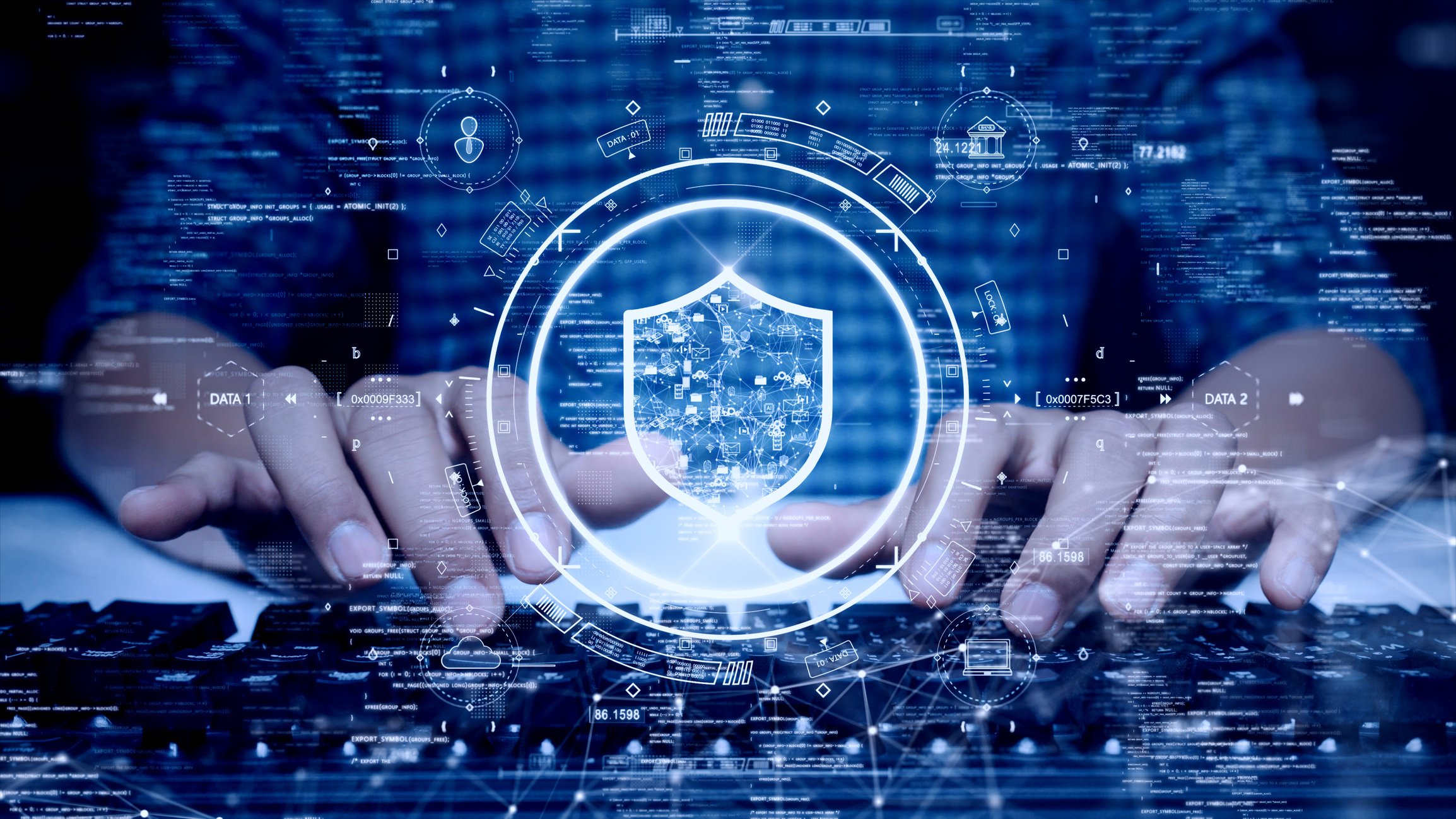The Impact of Cyber Attacks on Higher Education: How to Stay Protected

 By
Jason Miller
·
2 minute read
By
Jason Miller
·
2 minute read
The Impact of Cyber Attacks on Higher Education: How to Stay Protected
Higher education institutions are increasingly vulnerable to cyberattacks due to the vast amounts of sensitive data they store, including student records, financial information, and research data. Cyberattacks can disrupt academic operations, lead to data breaches, and cause financial losses. The impact of these attacks can be far-reaching, affecting students, faculty, and the institution's reputation. Staying protected requires a proactive approach to cybersecurity, including implementing strong security measures and educating the community about cyber threats.
Common Cyber Attacks in Higher Education
Phishing and Ransomware Attacks
Phishing attacks are a common method used by cybercriminals to steal sensitive information by tricking users into revealing their credentials. Ransomware attacks, on the other hand, involve encrypting an institution's data and demanding payment for its release. Both types of attacks can have severe consequences for higher education institutions.
Did You Know?
Did you know that 81% of higher education institutions have experienced at least one cybersecurity incident in the past year? This highlights the urgent need for robust cybersecurity measures.
How to Stay Protected
Implement Strong Security Measures
To stay protected, higher education institutions should implement strong security measures such as multi-factor authentication, data encryption, and regular security audits. Additionally, providing cybersecurity training for students, faculty, and staff can help reduce the risk of falling victim to phishing attacks and other cyber threats.
To stay protected, higher education institutions should implement comprehensive security measures. Here are some best practices to enha
Conclusion
Cyberattacks pose a significant threat to higher education institutions, impacting data security and academic operations. By adopting a proactive approach to cybersecurity, institutions can better protect themselves against these threats. To learn more about comprehensive cybersecurity solutions for higher education, visit BitLyft AIR®.
FAQs
What types of cyber attacks commonly target higher education?
Common cyber attacks targeting higher education include phishing, ransomware, and data breaches. These attacks aim to steal sensitive information, disrupt operations, and demand ransoms.
How can higher education institutions protect against cyber attacks?
Institutions can protect against cyber attacks by implementing multi-factor authentication, data encryption, conducting regular security audits, and providing cybersecurity training for students and staff.
Why are higher education institutions targeted by cybercriminals?
Higher education institutions are targeted due to the vast amounts of sensitive data they store, including student records, financial information, and research data, which can be valuable to cybercriminals.
What is the impact of a cyber attack on higher education?
The impact can include data breaches, financial losses, disruption of academic operations, and damage to the institution's reputation, affecting students, faculty, and stakeholders.
Why is cybersecurity training important in higher education?
Cybersecurity training is important because it educates students, faculty, and staff on recognizing and avoiding cyber threats, reducing the risk of successful attacks.